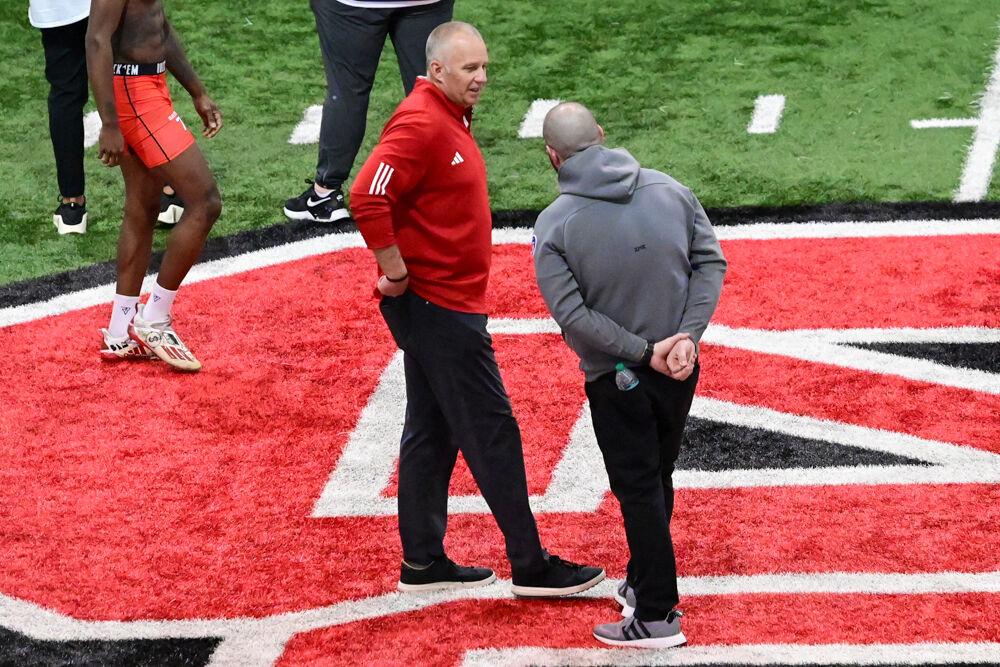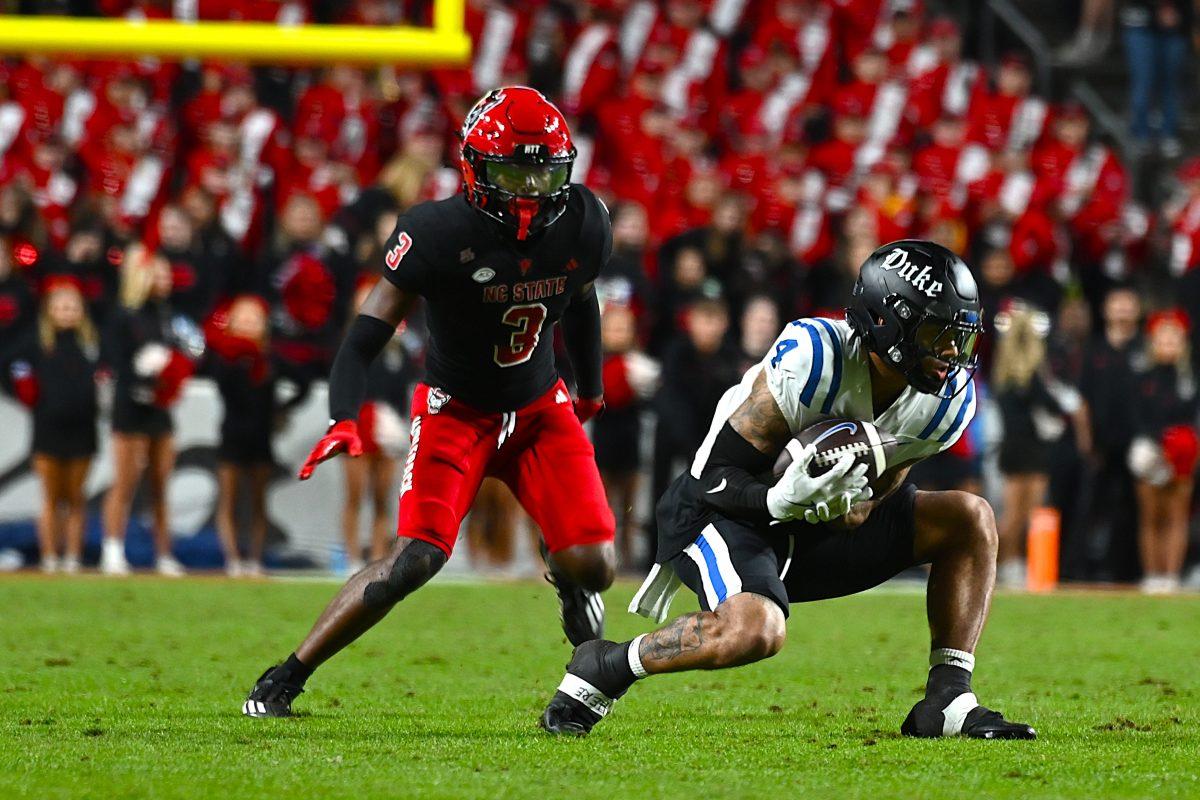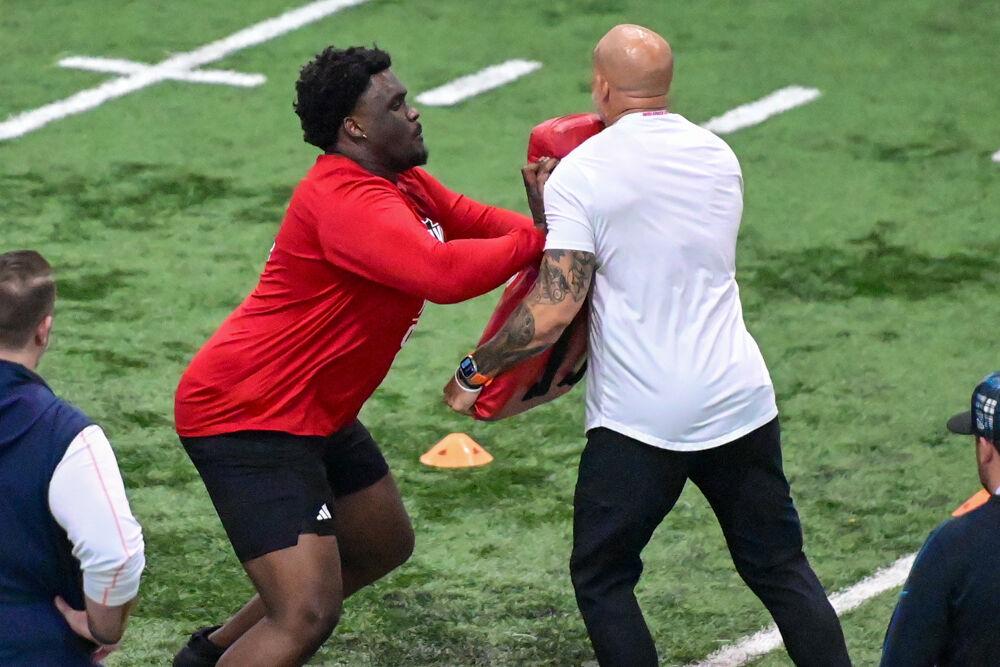Last season marked the first year in which the NCAA Football Bowl Subdivision (FBS) utilized its new postseason format of a four-team playoff to determine the FBS national champion. This current playoff format replaced the 16-year-old Bowl Championship Series (BCS) system which was used from 1998-2014.
Although the new format ran into some resistance last season when the No.4 Ohio State Buckeyes beat out two other deserving programs in No.5 Baylor and No.6 Texas Christian for the final playoff position; by and large, the playoff structure has been greeted with widely positive reviews and high praise. The new playoff format differs greatly from the old BCS system in that its rankings are determined entirely by human polls rather than the BCS’s combination of human polls and computer statistics.
The BCS’s computer element was instituted at the system’s inception in order to reduce voter bias and to provide a more objective viewpoint on a team’s overall rating. Oddly enough, it was the computer’s impartial calculations based on algorithms, rather than the human polls, which caused the most problems for the BCS. One such BCS computer catastrophe came in the year 2003.
On the morning of Dec. 6, 2003, the college football landscape was at peace. The Oklahoma Sooners (12-0) were ranked No.1 in the BCS polls and were just one win away from clinching a spot in the BCS National Championship game. Following the Sooners in the polls were two teams with one loss in No.2 Southern California and No.3 Louisiana State.
On the eve of game day, it was highly estimated that Oklahoma and USC would be on a collision course for the national title if the two sides could win their final games. However, Bill Snyder’s Kansas State Wildcats had other ideas. The Wildcats marched into Arrowhead Stadium in Kansas City, Missouri for the Big 12 Championship game and smacked the top ranked Sooners by a score of 35-7. Kansas State’s heroics opened the flood gates of chaos for the BCS.
The madness began when the Associated Press (an entirely human calculated poll) and the BCS released their final regular season rankings. According to the AP Poll, USC was the No.1 team in the country followed by No.2 LSU and No.3 Oklahoma. Contrarily, the BCS rankings still viewed Oklahoma as the No.1 team with LSU instead of USC at the No.2 position.
According to the mathematical minds behind the BCS formula, the reasoning for the BCS’s divergence from the AP Poll can be explained when looking at the BCS’s inability to weigh the significance of a team failing to win its conference championship. In other words, Oklahoma’s loss to K-State in the Big 12 Championship was calculated by the computers as being equivalent to an ordinary regular season loss.
These final BCS rankings flew in the faces of most college football fans that saw the illogic in ranking Oklahoma, a one-loss team that failed to win its conference, ahead of two other one-loss teams in LSU and USC that did win their conference championships. Nevertheless, according to the BCS rankings, the USC Trojans, who were ranked No.1 in the AP Poll but No.3 in the BCS, were left out of the national title game.
When the dust finally settled after the bowl games, No.2 LSU defeated No.1 Oklahoma in the Sugar Bowl, and No.3 USC defeated No.4 Michigan in the Rose Bowl. Because of these results, the 2003 season ended in a split national championship between LSU and USC.
LSU gained its title from the USA Today Coaches’ Poll which was contractually obligated to crown the winner of the BCS title game as the national champion, while USC gained its share of the title from the AP Top 25 Poll that steadfastly ranked the Trojans as the No.1 team in the country and consequently national champions as well.
Upon examining years like 2003 when the BCS system massively failed, college football fans can rest easy knowing that a shared national title will never again occur in the four-team playoff era. However, that’s not to say that this new postseason format is immune to all forms of controversy. Two potential dilemmas that I can think of off the top of my head include:
1) Should an undefeated team like Boise State gain entrance into the playoff over a one loss team from the ACC, SEC or Big 12?
2) What if a team with two losses like Arizona were to knock off an undefeated Oregon Ducks team in the Pac-12 Championship? Would the two loss Arizona club have a greater claim to the playoff than a one loss Oregon squad?
You see, even with the death of the BCS, there’s always going to be room for controversy, and if we’re really honest with ourselves, I think we love the controversy. It makes us feel part of the competition in a way that few other sports can match. So get ready football fans, the second year of the college football playoff is upon us and soon it will be time to answer that all-so elusive question: who’s in?













